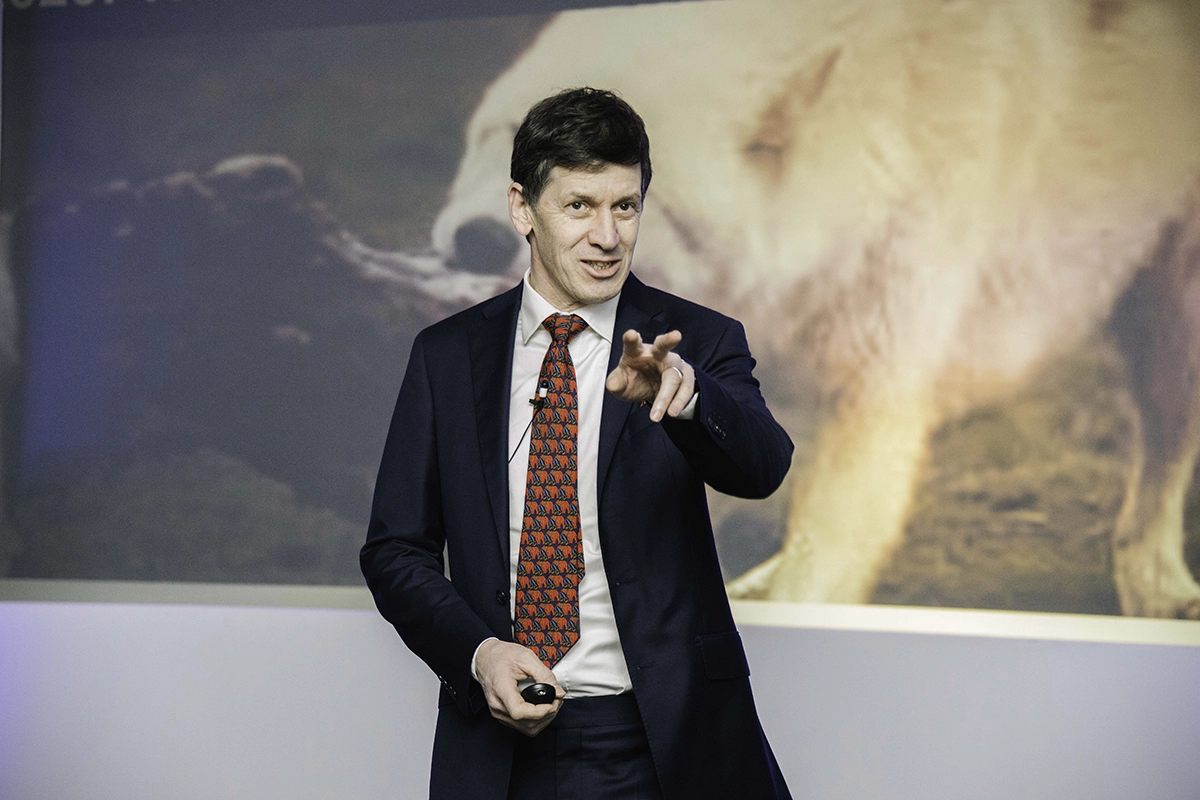The CEO Training
Focus on the Primary not the Secondary
Having looked at a number of CEO training syllabuses, my conclusion is that they all address secondary problems. Their aim seems to be to teach senior executives what a CEO needs to know. What they don’t do is address the primary problems that prevent the development of emotional maturity.
Let’s give a brief example. Apparently, the late Stephen Covey used to teach leadership to the US Navy. When David Marquet was given command of his submarine, it was the worst performing sub in the US Navy. In his book “Turn the ship around” he explains how he went from worst to best and along the way, kept the same crew. Covey went to see how he did it. What David did was primary. What Covey taught was secondary.
As well as understanding who a CEO has to be in order to do the job, we also need to understand the three significant differences between men and women that need to be considered when designing their training.
The first significant difference lies in the emotional intelligence of men and women. To the surprise of most women, men and women score equally for emotional intelligence. Women are surprised by this because, as a general rule, they score higher for empathy than men do. What brings things back into balance is that men score higher for self-confidence than women.
This causes two problems. First, men tend to equate confidence with competence, and they are not the same at all. The result of this is a great number of over-promoted incompetent men at the expense of their less confident but more competent female colleagues. There is even a famous TED talk about this.
The second problem is that any leadership training for female leaders needs to address the confidence gap from root cause. This is not something that most leadership trainers are themselves qualified to do.
The second significant difference is that women tend to be emotionally open, and men tend to be emotionally closed. Men still believe that becoming emotional is a sign of weakness. Emotional openness gives women a huge advantage when it comes to personal development and realising their full potential.
In a training environment, the presence of a woman can significantly inhibit men from being vulnerable, thereby stifling the development opportunity. On the other hand, women will literally egg each other on to get their emotions ‘out there’.
Group training environments for men need to be carefully designed to imply emotional safety and to prise them open one step at a time. Once open they are every bit as capable as women in releasing their unresolved emotions and limiting beliefs.
The cultivation of openness assists with the development of self-awareness. Self-awareness is the prerequisite for individuation, the reintegration of ego and soul. Without individuation your CEO will be ‘investing’ in ego statement HQ buildings and other trappings of status rather than on value creation.
The third significant difference concerns the stages of psychological development. Relatively speaking, men will find it easier to self-actualise and harder to integrate. For women it is the opposite way around.
Often women grow up in subordinate roles such as mother and wife without ever putting themselves first. This leaves them not knowing who they really are. It is hard to self-actualise if you don’t know who you are. This can act as a huge block on women’s capability. Their training needs to be designed to get to the root cause of this problem which may well be slightly different for each participant. Again, this will be beyond the capability of leadership trainers.
Self-actualisation is important for executives and CEOs because of their impact on their organisations. If they are not at their best, the shareholders ROI is at risk due to ego-led decision-making and the working environment for employees will be less than ideal because egos will dominate culture.
The next stage up is integration which is all about collaborating. This is where men struggle. They always see themselves as top dog and see collaboration as a potential threat. They want to dominate but can’t. It takes a fully resolved man to integrate successfully. Women are naturally better collaborators. They don’t need a structured hierarchy in which to work. You only have to see the examples in mammals to notice the differences.
Integration’s rarity doesn’t it make it any less important. Visionary CEOs need to be able to collaborate on a global scale to multiply shareholder value. Unresolved CEOs on the other hand will struggle to compete because their ego driven fears will get in the way.
Both male and female leaders can develop to the same place, it is just that their paths to get there may well be different. If you understand the different inputs they need, you will get much better outcomes.
For more information on The CEO Training contact Breakthrough Leadership.
